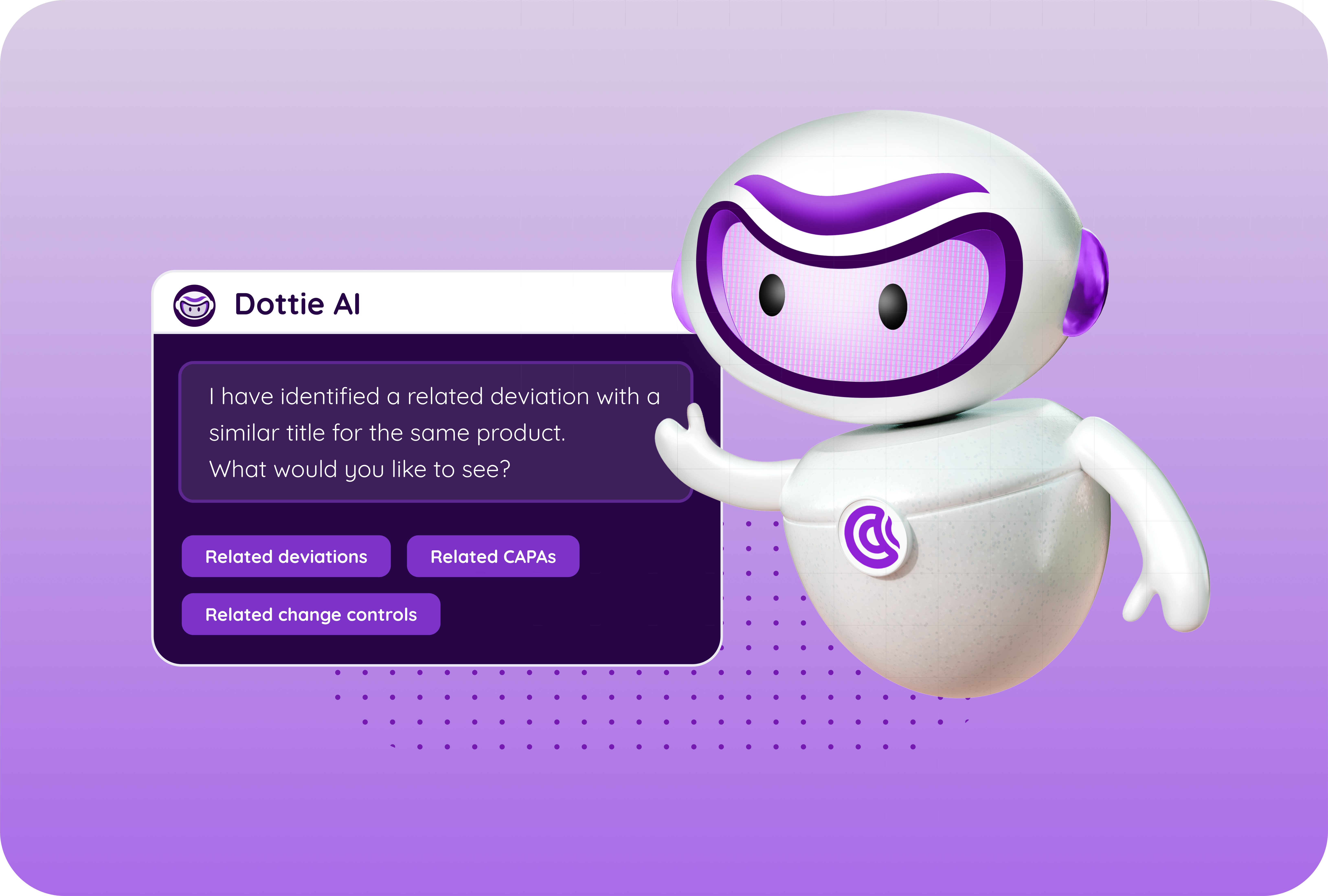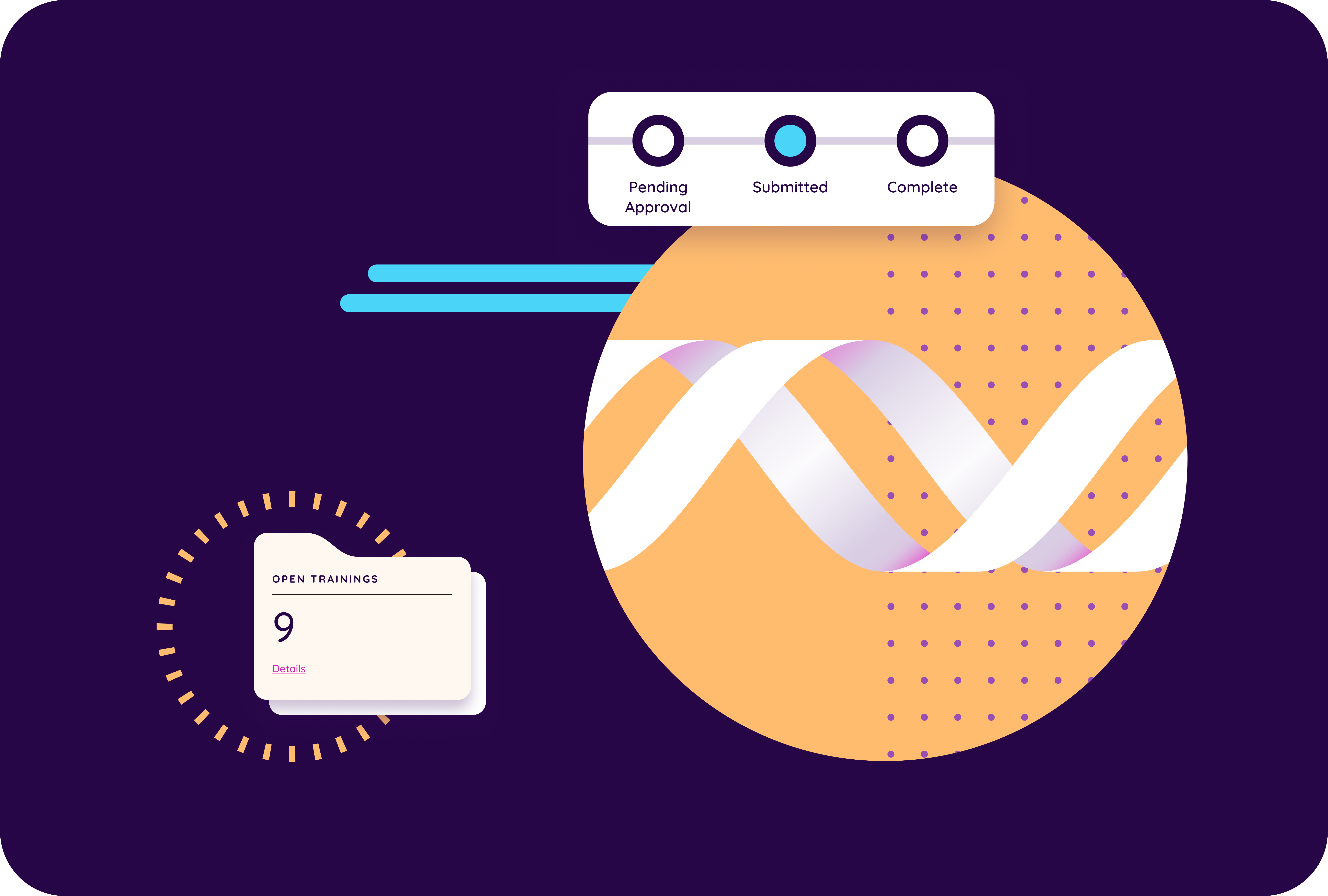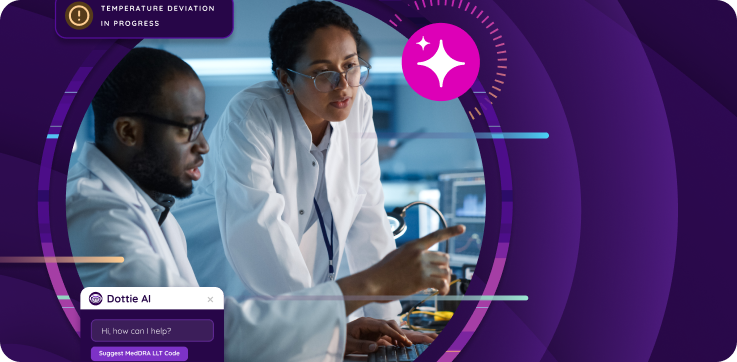
Navigating the complexities of ISO 13485 can be overwhelming for medical device manufacturers. This international standard sets the benchmark for quality management systems (QMS) in the medical device industry, ensuring product safety and efficacy.
We’ve created a comprehensive ISO 13485 audit checklist to help you streamline your audit process and improve your chances of compliance.
Read on to learn more about the ISO 13485 standard and to get your checklist for ISO 13485 compliance.
Understanding ISO 13485
ISO 13485 is a globally recognized standard that outlines the requirements for a medical device QMS. It encompasses a broad range of processes, from design and development to production, distribution, and post-market surveillance. Adherence to this standard demonstrates a commitment to patient safety and regulatory compliance.
The Importance of an ISO 13485 Audit Checklist
An audit checklist is an invaluable tool for ensuring your organization meets ISO 13485 requirements. It provides a structured approach to identify potential gaps, strengths, and areas for improvement in your QMS.
By using a checklist, you can:
- Enhance audit preparedness: Regular use helps maintain a state of readiness.
- Improve efficiency: Streamline the audit process, saving time and resources.
- Mitigate risks: Identify potential nonconformities early on.
- Drive continuous improvement: Use findings to enhance your QMS.
Key Components of ISO 13485
The ISO 13485 standard covers the following core elements:
Management Responsibility
Effective leadership drives quality management. Organizational structure, roles, and management’s commitment to quality are all key areas:
- Quality Policy and Objectives: This includes assessing whether the quality policy aligns with the organization’s strategic direction and customer needs. Objectives should be measurable and communicated throughout the organization.
- Organizational Structure and Responsibilities: Verification that roles and responsibilities related to quality management are defined, documented, and communicated.
- Management Review: Evaluating the effectiveness of the QMS through regular management reviews, including the review of audit results, customer feedback, and process performance.
Resource Management
Adequate resources are essential for QMS effectiveness. This is where personnel qualifications, infrastructure, and work environment come in:
- Personnel: Verification that personnel have the necessary education, training, skills, and experience to perform their assigned tasks.
- Infrastructure: Assessing the suitability of the facilities, equipment, and supporting services for the effective operation of the QMS.
- Work Environment: Evaluating the work environment to ensure it is conducive to product quality and employee safety.
Product Realization
Product realization encompasses the entire process from design to delivery and consists of:
- Customer Focus: Ensuring that customer requirements are defined, documented, and communicated within the organization.
- Design and Development: Verifying that design and development processes are controlled and meet customer and regulatory requirements.
- Purchasing Control: Assessing the effectiveness of the purchasing process, including supplier selection, evaluation, and monitoring.
- Production and Service Provision: Evaluating the control of production and service provision processes, including process validation, monitoring, and control.
- Monitoring and Measurement: Verifying the effectiveness of monitoring and measurement equipment and processes.
Measurement, Analysis, and Improvement
Continuous improvement relies on various factors, including:
- Internal Audit: Assessing the effectiveness of the internal audit program, including audit planning, execution, and corrective action implementation.
- Nonconformity and Corrective Action: Evaluating the effectiveness of the corrective and preventive action (CAPA) process, including root cause analysis and verification of corrective actions.
- Continual Improvement: Assessing the organization’s commitment to continual improvement through data analysis and process performance evaluation.
Customer Focus
Understanding and meeting customer needs is crucial and incorporates:
- Customer Satisfaction: Evaluating customer satisfaction through feedback mechanisms and analysis of customer complaints.
- Complaint Handling: Assessing the effectiveness of the complaint handling process, including investigation, analysis, and corrective action.
Additional Considerations
Beyond core requirements, these elements also contribute to overall QMS effectiveness.
- Risk Management: Evaluating the organization’s risk management processes, including risk identification, assessment, and control.
- Regulatory Compliance: Assessing compliance with applicable regulatory requirements.
- Document Control: Verifying the control of documents and records throughout their lifecycle.
- Statistical Techniques: Evaluating the use of statistical techniques to analyze data and improve processes.
Additional Tips for Audit Success
In addition to the elements above, consider the following aspects:
Involve Your Team
Effective communication, comprehensive training, and employee empowerment are essential for a successful audit. By fostering a culture of ownership and accountability, organizations can improve their chances of achieving and maintaining ISO 13485 compliance.
- Communication: Ensure open and effective communication channels exist between management and employees regarding ISO 13485 requirements and expectations.
- Training: Provide comprehensive training to all employees on their roles and responsibilities within the QMS.
- Empowerment: Empower employees to identify and report potential non-conformities or areas for improvement.
Document Thoroughly
Clear, accessible, and well-controlled documentation is vital for a smooth audit process. A robust document management system ensures that all relevant information is readily available and up-to-date.
- Clarity: Ensure that all documents are clear, concise, and easily understandable.
- Accessibility: Maintain a centralized document control system for easy access and retrieval.
- Review and Approval: Establish a process for document review and approval to maintain accuracy and consistency.
Conduct Mock Audits
Simulating audit conditions helps organizations identify strengths, weaknesses, and areas for improvement. Regular mock audits can enhance overall audit readiness and build confidence within the team.
- Preparation: Simulate audit conditions to assess the organization’s readiness for a formal audit.
- Feedback: Provide constructive feedback to identify areas for improvement.
- Continuous Improvement: Use mock audits as an opportunity to enhance the QMS.
Seek Expert Guidance
Leveraging the expertise of ISO 13485 consultants can provide valuable insights and support. By conducting gap analyses and offering audit preparation guidance, consultants can help organizations achieve their compliance goals.
- ISO 13485 Expertise: Engage a qualified ISO 13485 consultant to provide guidance and support.
- Gap Analysis: Utilize expert knowledge to identify potential gaps in the QMS.
- Audit Preparation: Collaborate with consultants to prepare for the audit.
Your Journey to ISO 13485 Compliance Starts Here
By diligently implementing an ISO 13485 audit checklist and following these best practices, you can significantly enhance your organization’s preparedness for audits and strengthen your overall QMS.
Remember, compliance is an ongoing journey that requires continuous improvement and a steadfast commitment to patient safety.
Our free ISO 13485 audit checklist provides a solid foundation for your audit preparation. It covers essential elements of the standard and can be easily customized to fit your organization’s needs.
Download your free ISO 13485 audit checklist today and take the first step towards achieving and maintaining compliance.



